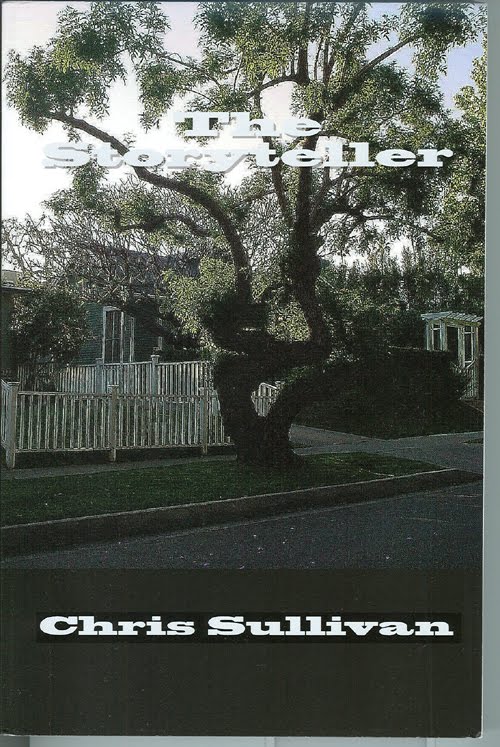I have not
been been here for a while as life has a funny way of getting in the
way of writing, but I did find to time to go to Stratford on Avon
over the weekend to see a late night screening of a film – The
Eccentric Mr Turner.
Yes a film
about England's greatest landscape painter; if not the world's
greatest.
The film is
a short one and deals with the last part of the great man's life and
features a virtuoso performance in the title role by Gary Taylor.
With a few flourishes and flicks of the wrist, a nod and a wink here
and there and a look in the eye that makes you think, look and
wonder, Taylor introduces us to an aspect in the life on JMW Turner
that the recent big budget bio-pic missed.
Why the
eccentric and why the mister?
When he
first started to stay with his eventual last lover, Mrs Booth, he was
known, in her guest house, as Mr Booth - and the eccentricity?
The first
thing we see in the film is a painting and we hear Turner admonishing
someone; the someone in question has made some kind of mistake and
made a mess of something – another fine mess you got me into –
and we find out that that someone being lectured to, is a horse; his
horse!
And the
horse's name?
Hercules!
We learn
from Mrs Booth, ably played by Tina Parry, that Turner had fallen
asleep and Hercules had to find his own way home.
And then he
turns his attention to his two cats – Wellington and Napoleon,
would you believe – and they are still out and will be
disciplined upon their return.
As he
wanders around his studio giving instructions to Mrs Booth, he is
starting another painting - the painting turns out to be his most
famous and notorious Slave Ship which
he had completed many years before.
It soon
becomes clear that his life is flashing before his eyes as Turner
paints and goes through his experiences meeting again his father, to
whom he was very close and misses so much: Charles Dickens, The
Prince of Wales and George Stephenson.
There he is
(above) with the inventor of Stephenson's Rocket looking at
the train roaring and snorting away from them.
He also
meets two of the crew of the Slave Ship; he learns that the human
cargo are treated wretchedly and if any are sick they are thrown
overboard.
Just like
that – no nursing needed just a chuck over one of the sides.
One of the
crew, he meets again, struck up a relationship with one of the women who
had been thrown into the ocean and the moving scene thrusts Turner on
to the Slave Ship painting, and as we have been watching the film the
famous painting slowly but suddenly appears before our eyes.
This has
and is a one man stage show and Gary Taylor would paint The Slave
Ship at each venue – he must have painted it many times but in
this film he had but one chance as the film was shot in one long take.
No edits or
cuts just one long take, in pristine black and white shot
beautifully by Michael Booth who also directs.
I would
like to think that this lovely little film would go on from here –
it's low budget but doesn't look it – here is a link to the
trailer:
The Slave
Ship is below and here is an excerpt from Turner's "Fallacies of
Hope" (1812):
"Aloft
all hands, strike the top-masts and belay;
Yon angry setting sun and fierce-edged clouds
Declare the Typhon's coming.
Before it sweeps your decks, throw overboard
The dead and dying - ne'er heed their chains
Hope, Hope, fallacious Hope!
Where is thy market now?"
Yon angry setting sun and fierce-edged clouds
Declare the Typhon's coming.
Before it sweeps your decks, throw overboard
The dead and dying - ne'er heed their chains
Hope, Hope, fallacious Hope!
Where is thy market now?"



No comments:
Post a Comment